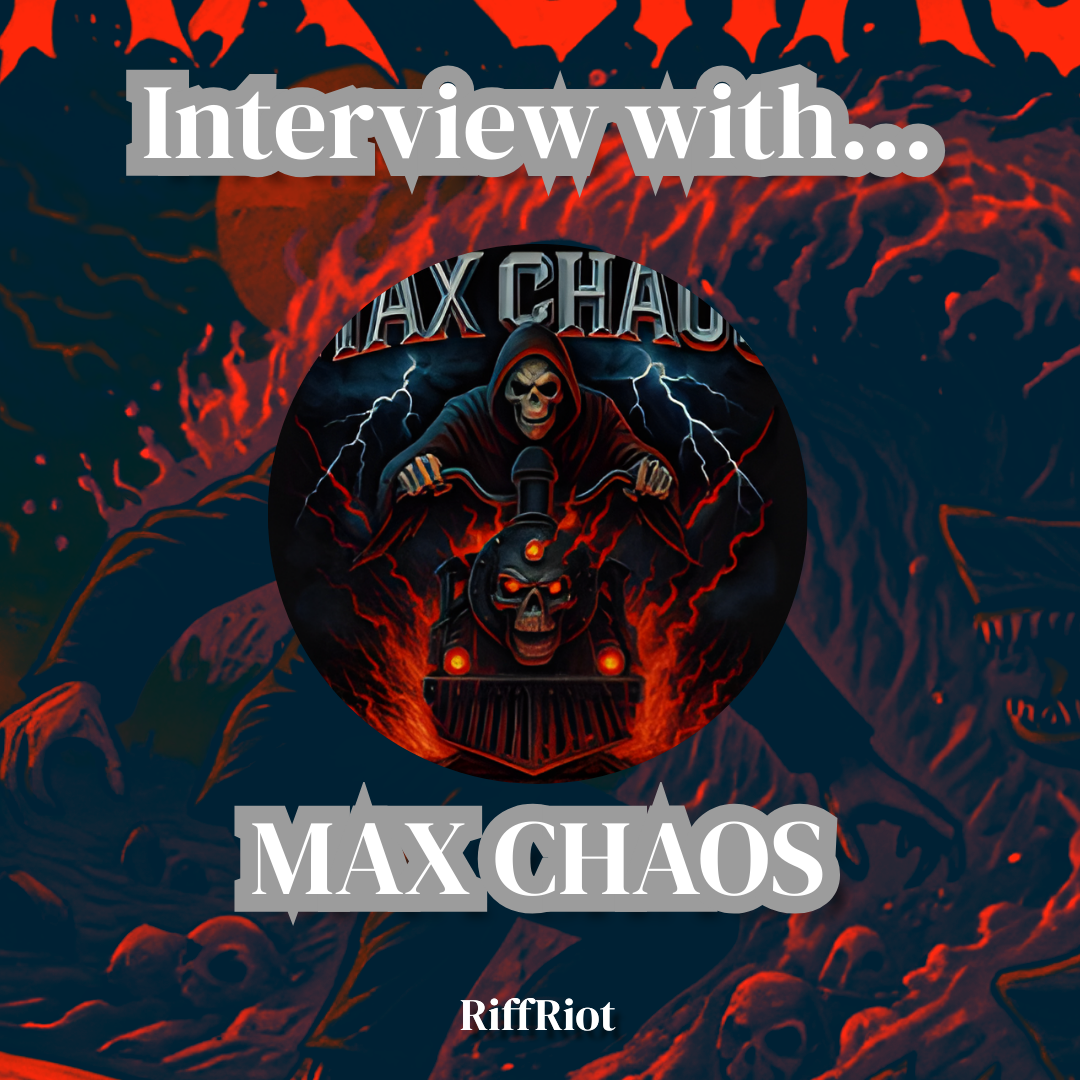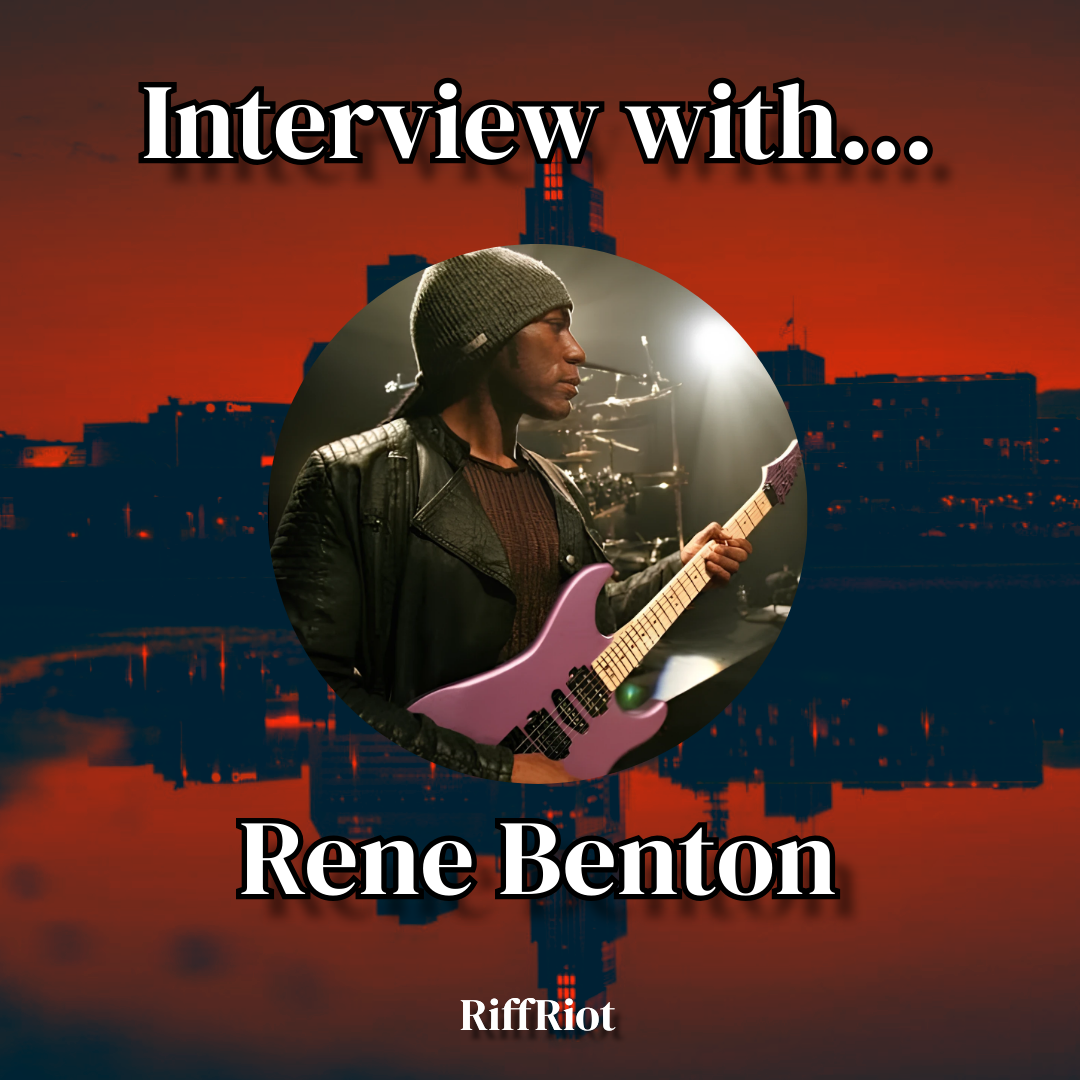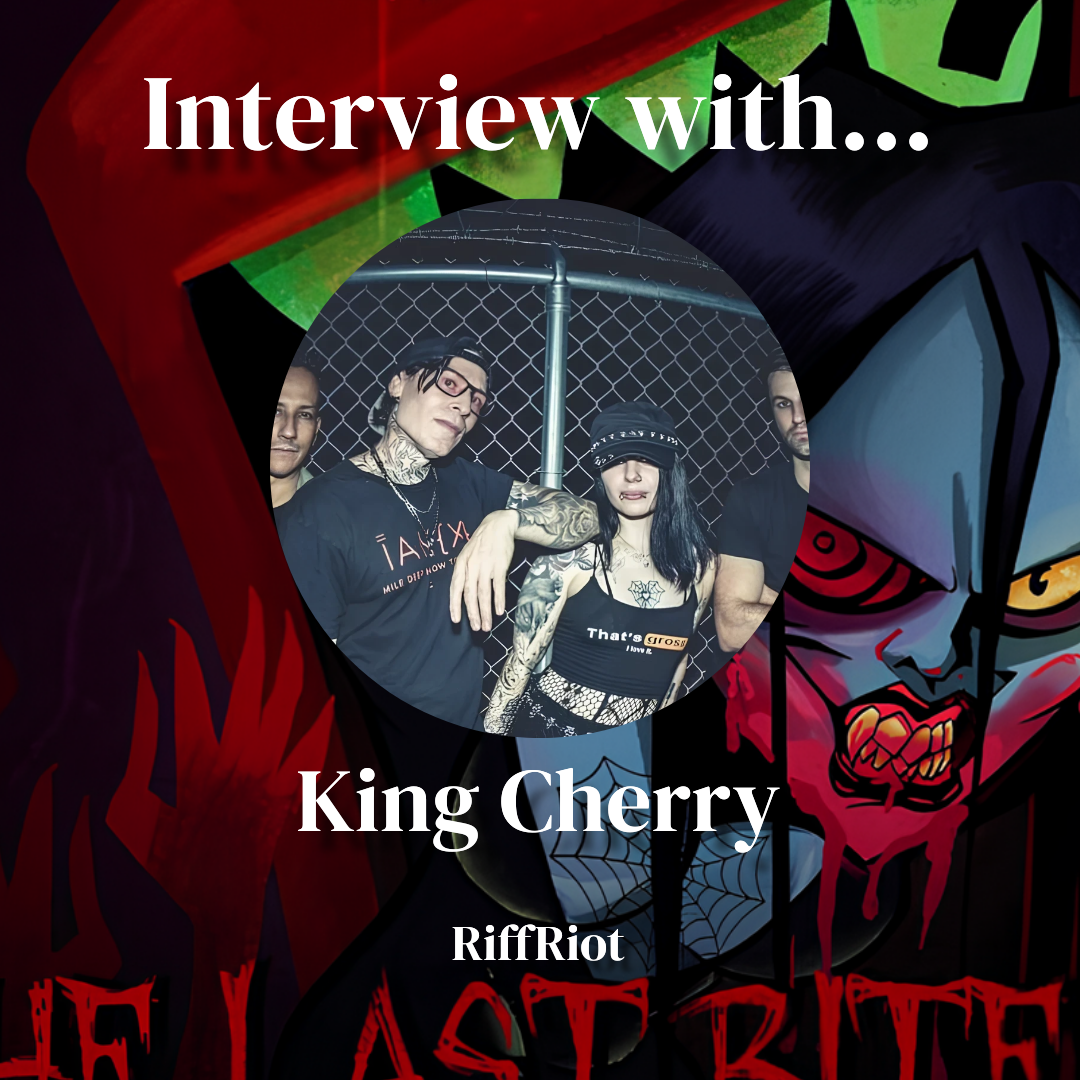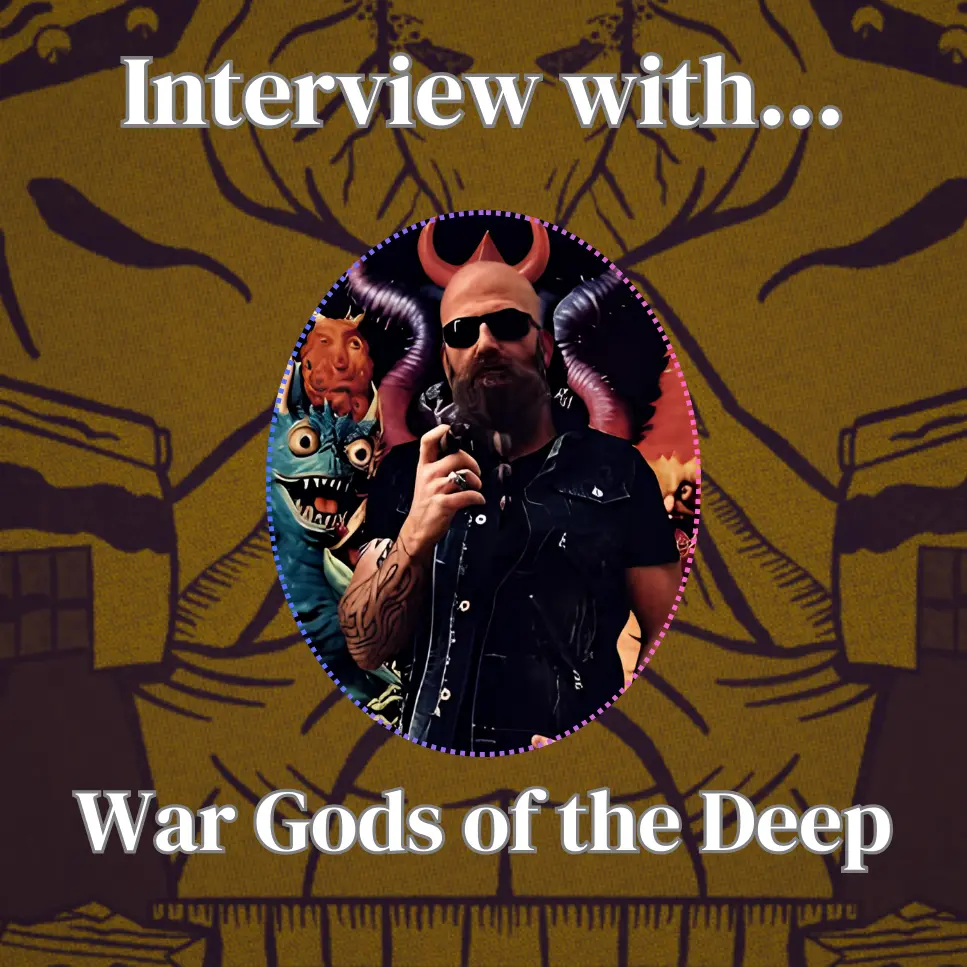Interview with Post Death Soundtrack | From Doom / Grunge to Absolute Eclecticism
From the ever-evolving Canadian music scene comes the chameleonic project Post Death Soundtrack, which has shifted from focused doom-grunge to a sprawling, eclectic new sound. Helmed by the singular vision of founder Stephen Moore, the project has always been a vessel for raw, uncensored expression. The new 30-track album, In All My Nightmares I Am Alone, introduces this vision; one that links industrial chaos, punk fury, and stark acoustic honesty. It’s an ambitious approach, bringing a new layer of vulnerability to the project.
Introduction: Who is behind the release In All my Nightmares I Am Alone?
With In All My Nightmares I Am Alone, Stephen Moore channels a journey of personal trauma and healing through a diverse and unflinching collection of songs. The album builds on a foundation of rediscovered recordings and new, visceral material to capture the chaotic nature of a mental breakdown. The approach serves a deeper purpose: to create a “complete breakdown in audio format” that ultimately finds a powerful breakthrough. The result is both a harrowing listening experience and a profound statement on the power of unflinching artistic honesty.
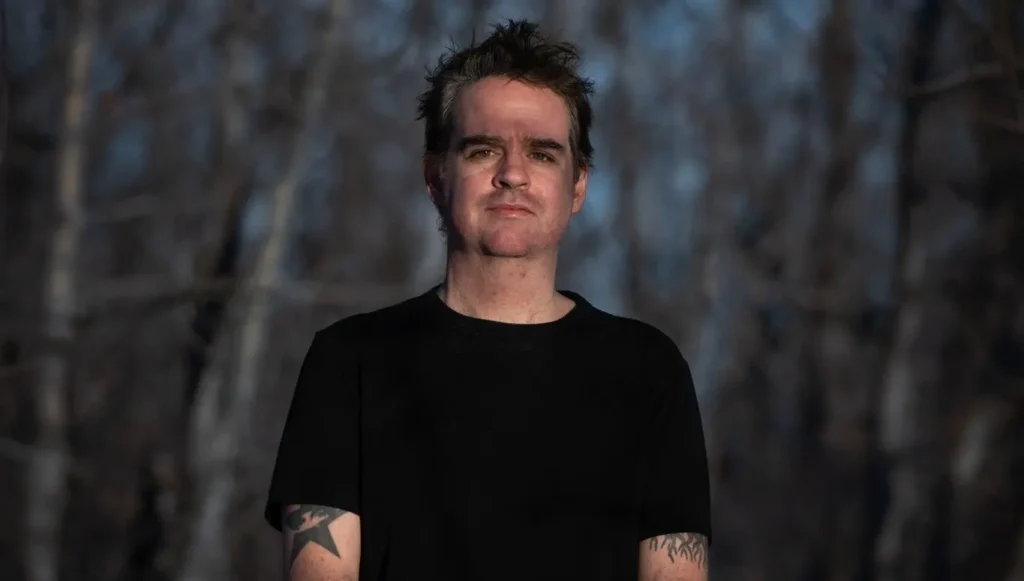
"The main thing as an artist is to tell the truth. Whether it’s dark or joyful matters less."
Full Interview
In this interview with Post Death Soundtrack, we explore an evolving force in Canada’s alternative music scene. With roots in the Canadian scene and a sound that has journeyed from doom-grunge to raw industrial and avant-garde, Post Death Soundtrack crosses genre lines with unflinching honesty. Fresh off the release of his new album, In All My Nightmares I Am Alone, Stephen Moore shares the story behind his radical shift in sound and the intensely personal nature of the record.
- Stephen, thanks for talking with us. The new record, In All My Nightmares I Am Alone, is an absolute behemoth. 30 tracks. It feels less like a conventional album and more like an uncensored audio diary. What was the catalyst for creating such a sprawling and vulnerable body of work right now?
- Last year's Veil Lifter was a focused blast of doom and grunge. This new album explodes in every direction—industrial, punk, raw acoustic, darkwave. Was this sonic chaos a deliberate choice to mirror the album's themes, or a natural result of the creative process?
- The album’s title is incredibly stark. Can you talk about that feeling of isolation and how it weaves its way through the record, both lyrically and sonically?
- The opener, "Tremens," is a harrowing piece of music that reportedly captures a real-life delirium tremens episode. How important was it for you to channel such raw, personal trauma directly into the sound, and what is that process like, turning a moment of crisis into art?
- We investigated sources that indicate that some of the material on this album dates back nearly fifteen years. What was it like revisiting those older ideas and skeletons, and how did they transform when viewed through the lens of your more recent experiences?
- Amidst the industrial chaos and punk fury, there are moments of stark, haunting beauty, like the instrumental "Song for Bonzai." How do these quieter, more tender tracks function within the album's overall narrative of trauma and breakdown?
- You've described this album as "a complete breakdown in audio format, and in that there is a powerful breakthrough." For you, what was the breakthrough that came from this process of deconstruction?
- With such a massive and emotionally draining project now complete, what's on the horizon for Post Death Soundtrack? Are you looking to continue this eclectic, cut-and-paste style, or do you feel a return to a more focused sound, like "Veil Lifter," coming next?
- Finally, what do you hope listeners take away from the experience of being completely immersed in In All My Nightmares I Am Alone?
- Conclusion
Stephen, thanks for talking with us. The new record, In All My Nightmares I Am Alone, is an absolute behemoth. 30 tracks. It feels less like a conventional album and more like an uncensored audio diary. What was the catalyst for creating such a sprawling and vulnerable body of work right now?
Thanks so much! It’s an honor to talk with you, especially since RiffRiot has been such a big supporter of PDS. The new record was not planned in this fashion at all. I had been starting to prepare another album with He Is Me, my other industrial doom metal project, as well as combing through riffs intended for the next PDS album. I ended up coming across 10 or so songs I had recorded between 2009-2011. Around the same time, I began using Bandlab for production and it opened up some ideas and possibilities as far as creating some new structures on top of the existing ones. It eventually led to an inspired ransom note-type of album, a whole bunch of new material and a raw approach to everything. There were several nights where I didn’t sleep and there were days where I wrote and recorded two or more songs. It was a creative streak that is still continuing.
Last year’s Veil Lifter was a focused blast of doom and grunge. This new album explodes in every direction—industrial, punk, raw acoustic, darkwave. Was this sonic chaos a deliberate choice to mirror the album’s themes, or a natural result of the creative process?
Some of it was unintentional, because several of the ‘forgotten’ songs I initially uncovered were acoustic. They were actually intended for an acoustic solo album, but I’m not much of an acoustic guy at heart. I wanted to inject this album with a lot of noise to balance it out, and also explore more darkwave, electronic, gothic and industrial sounds. The album’s sound was also shaped by recording it in my apartment. Limitation can be good for art. What I complete here will end up different than at a studio where I can scream my head off.
The album’s title is incredibly stark. Can you talk about that feeling of isolation and how it weaves its way through the record, both lyrically and sonically?
Yes, I even hesitated with this one but liked how eye-catching and direct it seemed. And strangely, it also seems true. In your dreams you’re alone, and often even when you dream of someone you know or care for, they can be hard to reach or may turn their head when you try to connect with them. The album explores depression, mental illness, addiction, mourning…a lot of the things we often avoid. So I figured, let’s go ahead and make this album extremely uncomfortable. It’s comfortable for me because I have lived with these things, but it might be shocking to others. I find it comforting to express these kinds of things or enjoy art that does. The main thing as an artist is to tell the truth. Whether it’s dark or joyful matters less.
The opener, “Tremens,” is a harrowing piece of music that reportedly captures a real-life delirium tremens episode. How important was it for you to channel such raw, personal trauma directly into the sound, and what is that process like, turning a moment of crisis into art?
I felt as if I had gone through a very unique experience that few might understand, and nobody was able to help me through it. I wanted to capture the same fear and isolation in the final mixing of the song, adding elements of chaos and even resilience. It was life-affirming to make it through that while being largely ignored and on my own.
We investigated sources that indicate that some of the material on this album dates back nearly fifteen years. What was it like revisiting those older ideas and skeletons, and how did they transform when viewed through the lens of your more recent experiences?
I really enjoyed compiling the pieces I most liked and giving them a proper home within this album. Half of the songs such as “Tremens”, “Good Time Slow Jam”, “We Fall”, “Song for Bonzai” and Reckless Fever”, I built new structures on top of them and in several cases radically changed the original song. Others, such as “Desert Wind”, “Surrender”, etc, I decided to leave completely alone aside from a quick master and maybe adding more reverb.
Amidst the industrial chaos and punk fury, there are moments of stark, haunting beauty, like the instrumental “Song for Bonzai.” How do these quieter, more tender tracks function within the album’s overall narrative of trauma and breakdown?
I feel like they all end up going together somehow. I’ve always found that interesting with art and with making music. Even if I tried my best to screw an album up or make it too eclectic, it will still sound like me. It would still probably work. So I’ve learned to remove a lot of thought from my creative process and just go. I feel like Nine Inch Nails and Pink Floyd have always had those dynamics ranging from very soft ballads to crushing pieces.
You’ve described this album as “a complete breakdown in audio format, and in that there is a powerful breakthrough.” For you, what was the breakthrough that came from this process of deconstruction?
I think part of the breakthrough was a feeling of resilience and a deeper trust in myself – surviving and persevering. It was also the deep feeling of satisfaction that comes from creating and completing something yourself.
With such a massive and emotionally draining project now complete, what’s on the horizon for Post Death Soundtrack? Are you looking to continue this eclectic, cut-and-paste style, or do you feel a return to a more focused sound, like “Veil Lifter,” coming next?
Good question! I am planning on doing both, actually. I just released a 3-song EP called “White Dove” and a single called “Call me Alice”, both of which are on the darkwave spectrum. I plan to continue releasing eclectic material as often as possible. I also plan for a more focused, consistently heavy release for PDS. Regardless, there will be a lot of material. The upcoming He Is Me album, my duo with Portland musician Casey Braunger, will be a focused heavy album and it should be coming out this year.
Finally, what do you hope listeners take away from the experience of being completely immersed in In All My Nightmares I Am Alone?
I hope they feel empowered and that they can do anything.
Conclusion
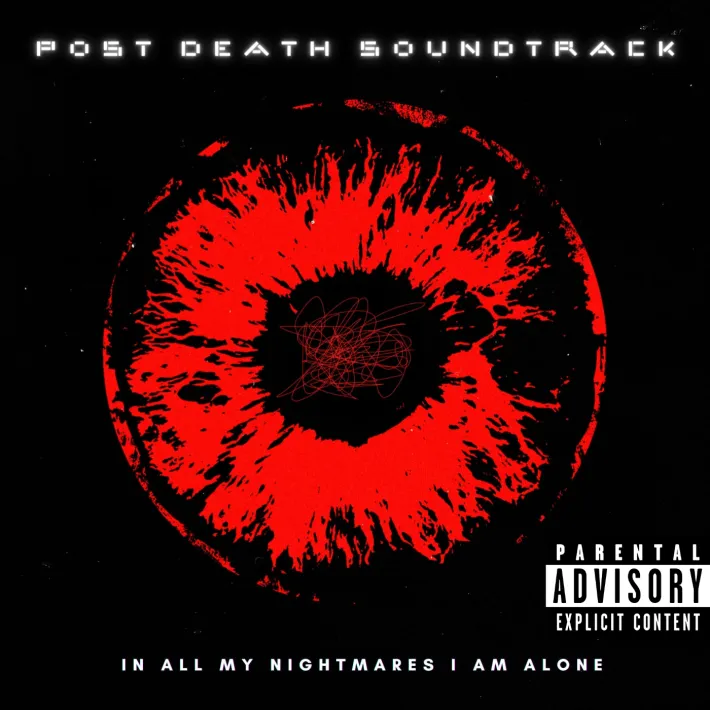
Haven’t you listened to In All My Nightmares I am Alone yet? If not, you can find it in our Avant-Garde Playlist.

